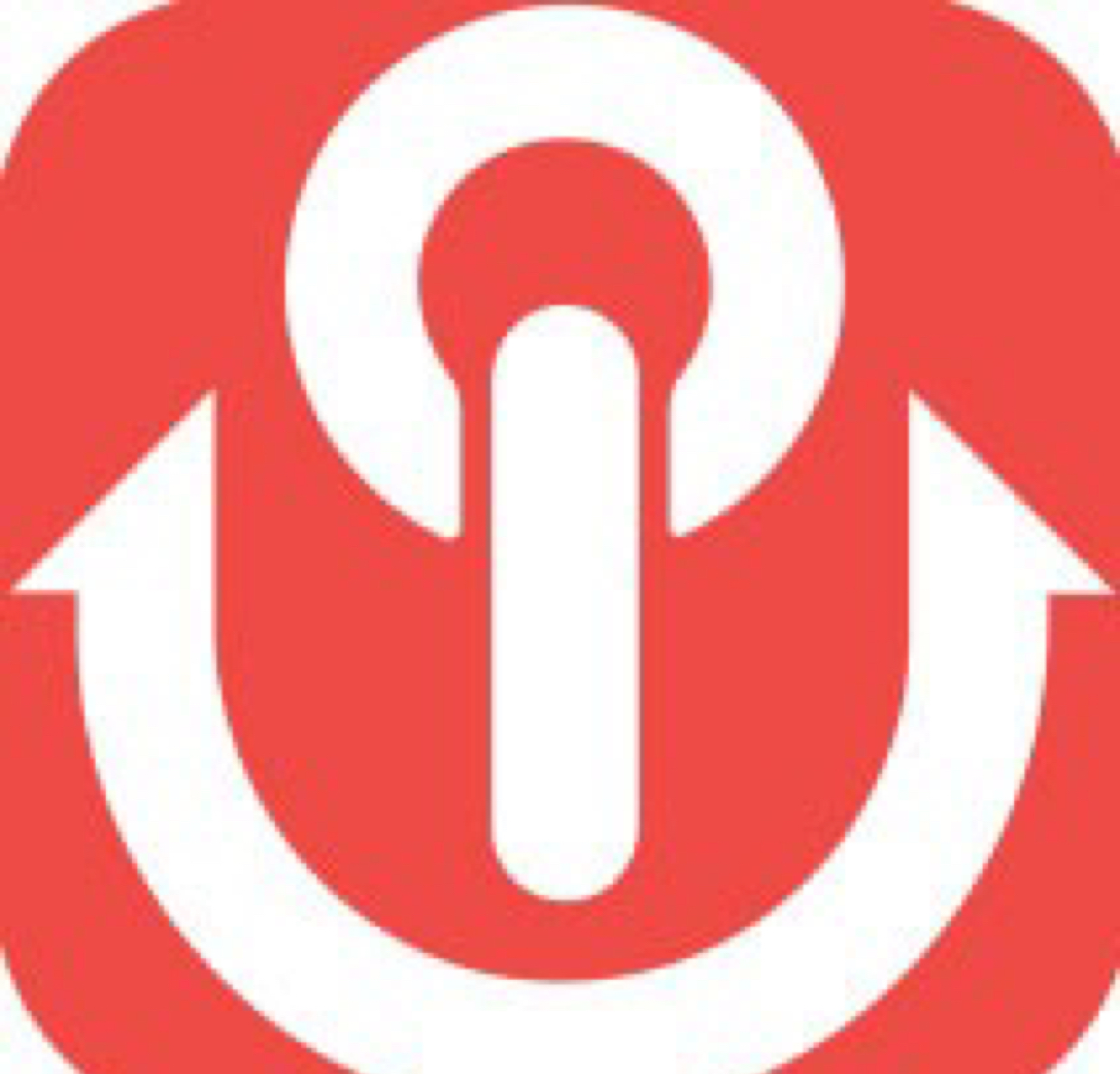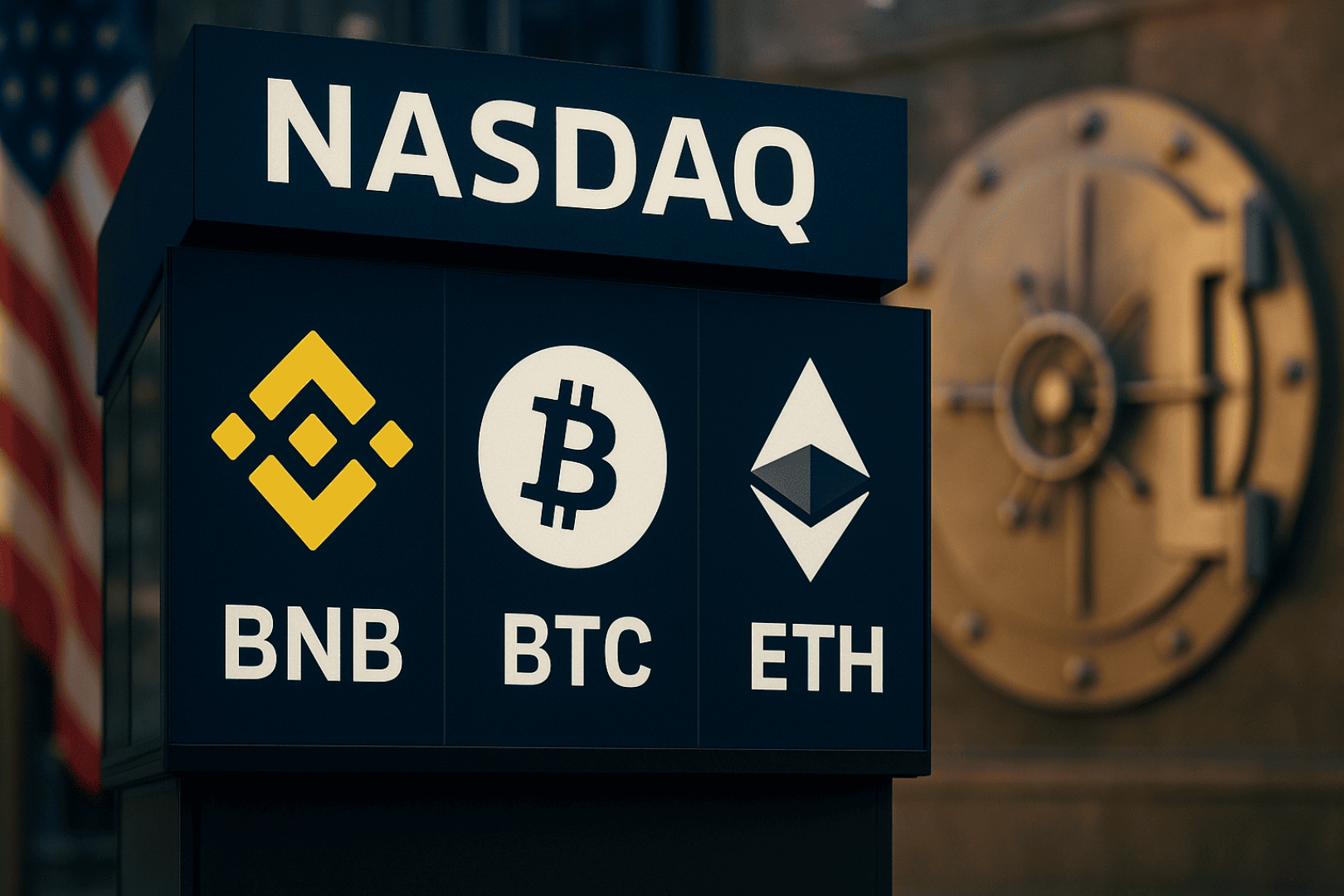Editor's Note: This article comes fromBabbitt Information (ID: bitcoin8btc)Editor's Note: This article comes from
Babbitt Information (ID: bitcoin8btc)
Babbitt Information (ID: bitcoin8btc)
, Author: Mike Sall, Compiler: Overnight Porridge, published with permission.
In the past month, the entire crypto asset network has borrowed more than $4 billion in assets, compared with less than $200 million in the same period last year. However, the true potential of DeFi has not yet been tapped. This is because almost all crypto asset lending is currently over-collateralized lending. An asset, and this is undoubtedly a huge threshold for ordinary users.

And yesterday, a Defi protocol called Goldfinch surfaced. Since its launch in December last year, it has lent $1 million in funds to thousands of borrowers in Mexico, Nigeria and Southeast Asia.
It is reported that the two co-founders of the Goldfinch protocol, Michael Sall and Blake West, are both from Coinbase. At present, they have received $1 million in seed round financing from well-known investment institutions such as Coinbase Ventures and Kindred Ventures. The complete investment The list of agencies and advisors is as follows:
Kindred Ventures, Coinbase Ventures, IDEO CoLab Ventures, Stratos Technologies, Alex Pack (co-founder of Dragonfly), Eric Weingarten (former Head of Product Legal at Coinbase), Jesse Walden (Variant Fund), Jill Carlson (Slow Ventures, Open Fund Program Co-Founder), Morgan Beller (Co-Founder of Diem), Premal Shah (Co-Founder of Kiva), Robert Leshner (Co-Founder of Compound), Spencer Noon (Variant Fund), Tarun Chitra (Co-Founder of Gauntlet), etc.
Unlock untapped underwriters
According to the project party, enabling unsecured lending is only the first step of the Goldfinch protocol, and the second step is to achieve this through a decentralized network that allows anyone to participate. From the perspective of the project side, this will drive lending activity to a whole new level.
Traditionally, underwriting fees have been high since banks don't know the borrower, and this sets a bar for lenders to be able to function and cuts off the possible long tail. For example, a person from Bogota who wants to finance the purchase of motorcycles for his people who deliver goods on foot, and another person from Nairobi who wants to make small loans in the community, one of them One needs $50,000, the other $5,000, but they have no capital and the banks are unwilling to lend them money.
But what if the community can provide the impetus?
What if we could eliminate banking overhead and make these opportunities available to the collective judgment of people around the world? Thousands (if not millions) of users can identify and evaluate new sources of credit. By decentralizing the underwriting process, DeFi could allow anyone to lend in ways that banks simply cannot currently do.
start with emerging markets
From the very beginning, the Goldfinch agreement project party wanted to establish a foundation for the borrowers who benefited the most, which made them decide to start with the lending business in emerging markets. It is reported that since its launch in December last year, 3 lending companies have participated in the goldfinch agreement , they are PayJoy in Mexico, Aspire in Southeast Asia, and QuickCheck in Nigeria. These three companies have performed well for many years, and they all hope to use encrypted assets to achieve growth.
To date, these businesses have drawn $1 million through the Goldfinch protocol and distributed it to thousands of end borrowers. Some of it was used to help people in Mexico buy smartphones, people in Nigeria pay for short-term expenses, and people in Vietnam buy equipment for business operations.
How the protocol works
By design, businesses use their credit lines to withdraw stablecoins from the Goldfinch protocol pool, then exchange them for fiat and deploy them in local markets. In this way, the protocol provides the utility of cryptoassets (especially global access to capital) while leaving the actual loan origination and servicing to the businesses best equipped to handle it.
On the investor side, encrypted asset holders can deposit assets in the pool to earn income, and when the loan company pays the interest according to the agreement, they will immediately pay all investors.
The Vision of the Goldfinch Protocol
The establishment of unsecured lending is just the beginning. The vision of the Goldfinch agreement is to establish a decentralized credit platform, so that anyone in the world can become a lender, not just a bank. The following is the three-stage plan of the agreement:
Phase 1: Crypto Credit Fund
The current version of the Goldfinch protocol operates like a credit fund, but with a focus on crypto assets. Initially, the project party is the first underwriter to evaluate the lending business and formulate the terms, which is a key step in making real-world income sources available on-chain and combined with the rest of DeFi.
Phase 2: Decentralized Underwriter Network
The agreement will allow anyone to underwrite. The underwriters will be able to evaluate businesses and invest junior debt capital in them. In return for this work, they will earn higher yields through commissions from passive senior debt investors. This will allow the protocol to scale the underwriting process and onboard new lending businesses entirely through the community.



